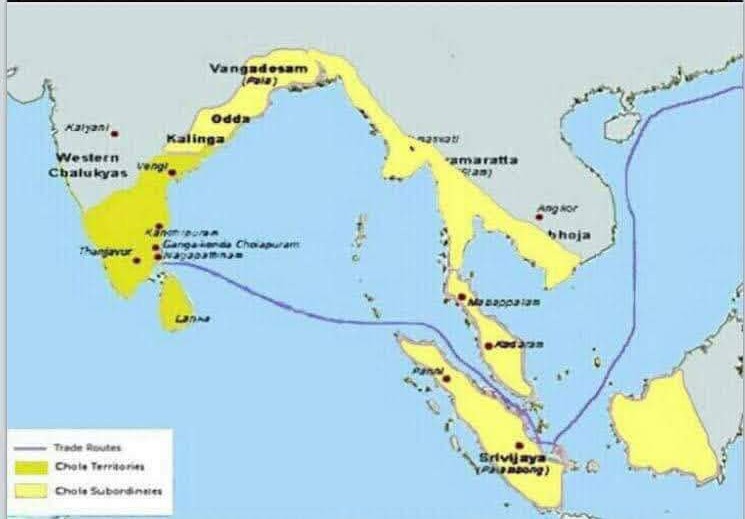
The Odia New Year & Calendar
Prior to getting in to the details about the Lunisolar calendar that the Odia people follow, let me write on a few fundamental aspects of both Solar and Lunar calendars.
A Solar year is the time that the planet Earth takes to make one complete circle around the sun . That is around 365 days, while a lunar year, or 12 full patterns ( Shukla paksha or Bright half and Krushna paksha or Dark half) of the Moon, is about 354 days( that is short by 11 days from Solar year). Due to this inconsistency, an absolutely lunar calendar – like the Islamic, or Hijri calendar – doesn’t remain lined up with the seasons. Islam’s sacred month of Ramadan might fall in summer one year, and in winter few years down the line next.
To address for occasional float, the Chinese, Hindu, Jewish and numerous different schedules are lunisolar. In these schedules, a lunar month is added in every three years ( 11days × 3= 33 days) to remain nearby the Solar year.
A Solar schedule proves beneficial for cultivating, fishing etc. that need to prepare for specific seasons during a particular period of the year. However, a Solar schedule, similar to the Gregorian, educates you nothing regarding the periods of the Moon. Most probably that is the reason why several Europeans have very little idea about the movement of moon. The Odia people follow a unique Lunisolar calendar apart from the English calendar, in which the number of days in each month varies between 29 and 31.Odia’s months are based on the Lunar eclipse. In every month, there are two Paksha – Shukla Paksha and Krushna Paksha. Shukla Paksha starts on the day of the dark moon, which is called Amavasya, and ends before the full Moon. Krushna Paksha starts on the day of the Full moon, which is called Purnima, and ends before Amavasya.
There are six seasons/ Rutu in a year Grishma( Summer), Barsha(Rainy), Sarata( Autumn), Hemanta(Late Autumn/ Pre Winter), Seeta(Winter), Basanta(Spring). Each season/ rutu covers two months.The new year in Gregorian calendar starts on first January in the winter season, where as the new year in Odisha starts from the first day of Baishakha …that is the first day of summer months ( Baishakha and Jyeshtha).
When Sun enters the month of Aries, the Great Odia New Year( that is on Pana / Bisuva Sankranti, usually falls on April 13/14) is celebrated. It is the traditional New Year not only in Odisha but all over South Asia. Our South Asian culture is based on this South Asian climate. In our culture, the rule of thumb is to start the year from the summer. In South Asia, the summer season begins in the month of Baishakha, so many countries, including India, Sri Lanka, Malaysia, Indonesia and Thailand etc.. celebrate the traditional New Year’s Day on the very first day of Baishakha.

Aries Sankranti or Maha Bisuva Pana Sankranti has a special connection with the maritime tradition of Odisha.The maritime traders used to navigate in Indian Ocean (then the Bay of Bengal was known as Kalinga Sagar) to different South and southeast Asian countries and countries located in the Africa coast to trade in the month of Kartik and return home in the month of Baishakha. As a result, the month of Baishakha was considered important not only in Odisha but also in the former Kalinga rule and colonial areas.
Pana Sankranti’ or ‘Maha Bishuva Sankranti’ marks the Odia New Year . A new Panjika is introduced every year on this Odia New Year. Panjika is a chronological registry of Hindu strict celebrations, timings and forecasts for the year. The Panjika is ready according to solar schedule and fuses the favorable dates, times, dawn and dusk time, stars and their developments and so on from Mesha( Aries) Sankranti till Mina(Pisces) Sankranti.
Here I am giving a description regarding Odia months along with its equivalent English months.
Dr. Manoj Mishra
lunarsecstasy@gmail.com

3 Comments
Thanks for sharing the information with us,it was very informative.
Thank you 💞
YES THANKS FOR SHARING I CANT GRASP ALL THE MOON CYCLES & SOLAR CYCLES & THE MANY CELEBRATION DATES!!! I AM CONFUSED HAA NEW YEAR HAS MORE TO CELEBRATE IN SUMMER I AGGREE WITH THAT I AM TRYING TO LEARN SO THANKS FOR YOUR HELP